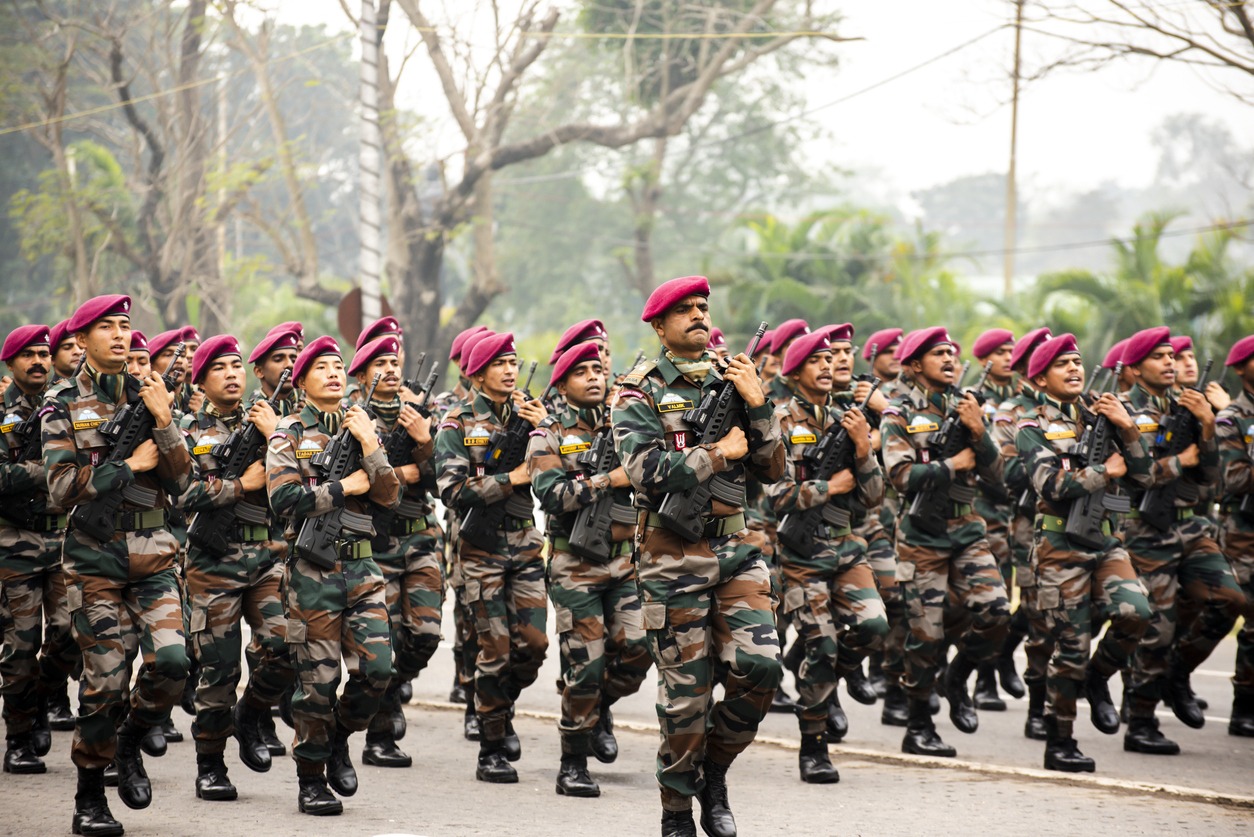Sela Tunnel: India’s Border Infrastructure Push Makes Progress
THE DIPLOMAT
APLN member Rajeswari Pillai Rajagopalan points out that with tensions persisting on the Sino-Indian border, Delhi’s efforts to bolster its infrastructure in critical areas continues.
In early March, Indian Prime Minister Narendra Modi inaugurated the Sela Tunnel in Arunachal Pradesh in India’s northeast, close to the Sino-Indian border. The tunnel is one of the critical projects constructed by the Border Roads Organization of the Indian Ministry of Defence.
According to a Ministry of Defence press release, the tunnel, constructed at an altitude of 13,000 feet, incurred a total cost of almost $100 million. The tunnel is meant to “provide all-weather connectivity to Tawang, across Sela Pass on the Balipara – Chariduar – Tawang [BCT] Road,” linking Tezpur in Assam to Tawang in the West Kameng district of Arunachal Pradesh. The tunnel was built with an Austrian tunneling method and brings to bear the highest standards in terms of safety features. The tunnel will significantly enhance Indian troop and equipment mobility, thus augmenting overall defense preparedness vis-a-vis China, in addition to providing for more efficient and faster connectivity in the region.
According to an Indian media report, the Sela tunnel project, including the tunnels — a main tunnel and an escape tunnel for emergency services — the approach and link roads is around 12 km. The tunnel brings many benefits. For one, it will reduce the distance between the strategically critical monastery town of Tawang and Dirangby by 12 km and save around 90 minutes for travelers in each direction. More importantly, the tunnel provides a huge relief from weather-related issues. For instance, the BCT road encountered blockages at the Sela pass during the winter months because of heavy snowfall. Such blockages disrupted the lives of locals, but they also created major logistical disruptions for the armed forces. Thirdly, without the tunnel, China could see all Indian troop movements aboveground, which was militarily a disadvantage for India. With the tunnel in place now, this tactical exposure to China has been removed.
China was not pleased with the tunnel project or India’s broader infrastructure push. For China, the existing infrastructure imbalance puts India at a disadvantage and is therefore preferred so that Beijing can continue to have an upper hand on the Sino-Indian border. China disapproved of the Indian development of the Sela tunnel, with Chinese Ministry of Foreign Affairs (MFA) spokesperson Wang Wenbin saying that “India’s relevant moves only complicate the boundary question and disrupt the situation in the border areas between the two countries.”
Modi’s visit to Arunachal Pradesh to open the tunnel was also criticized by China, saying that it “strongly deplores and firmly opposes the Indian leader’s visit to the East Section of the China-India boundary.”
China claims the entire state of Arunachal Pradesh as its own territory and calls it southern Tibet, or Zangnan. In reaction to Beijing’s stance, the U.S. has expressed support to India and recognizes the state of Arunachal Pradesh as Indian territory. That also did not please China.
Chinese MFA spokesperson Lin Jian stated that “China strongly deplores and firmly opposes this. The China-India boundary has never been delimited. Zangnan has always been China’s territory, a basic fact that is undeniable. The China-India boundary question is a matter between the two countries and has nothing to do with the U.S. side. It is known to all that the U.S. has consistently spared no efforts to provoke and take advantage of other countries’ conflicts to serve its selfish geopolitical interests.”
The Sela tunnel is part of a broader Indian connectivity and infrastructure development effort to correct the infrastructure imbalance with China. According to a press release from the Ministry of Defence, the BRO has completed 330 infrastructure projects at a total cost of about $1 billion, although it was not clear if all the projects were in the Sino-Indian border areas.
The full article can be accessed on the Diplomat website here.
Image: iStock/ffikretow



